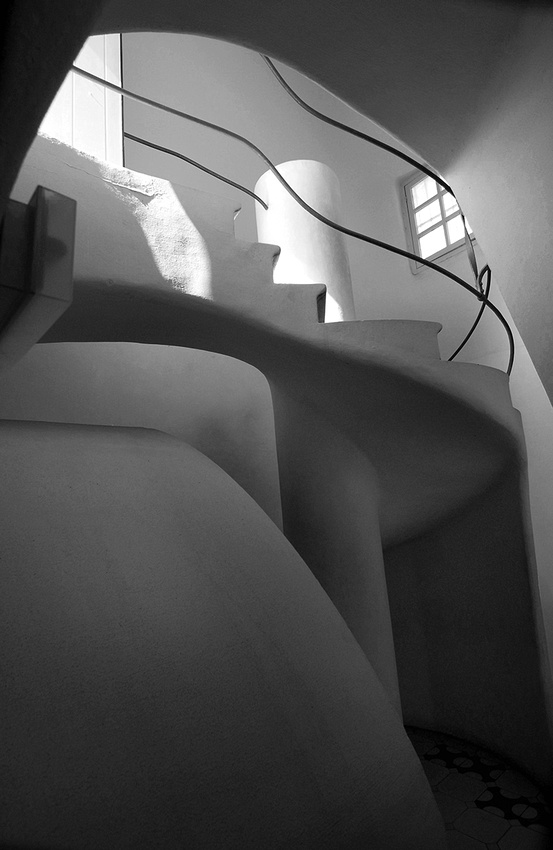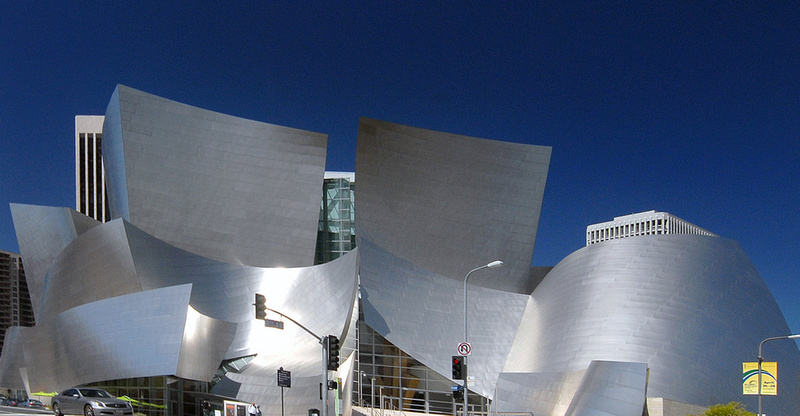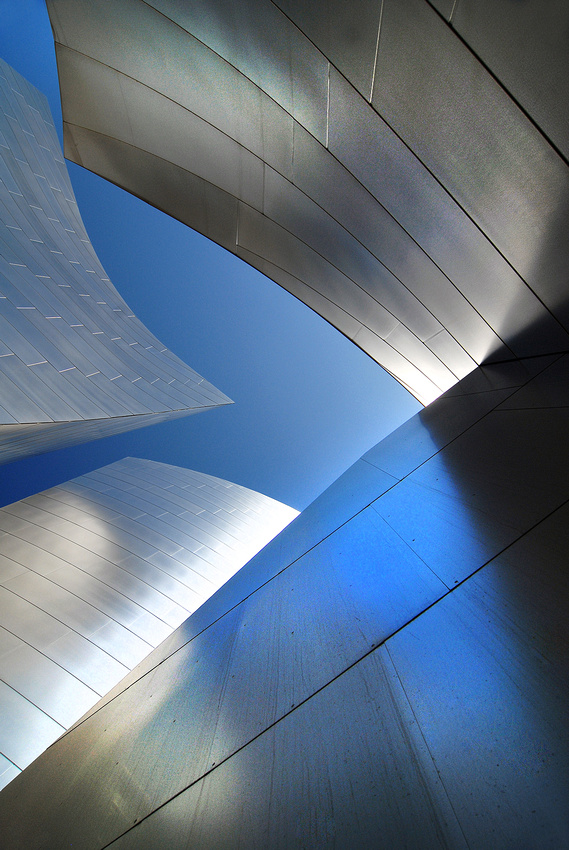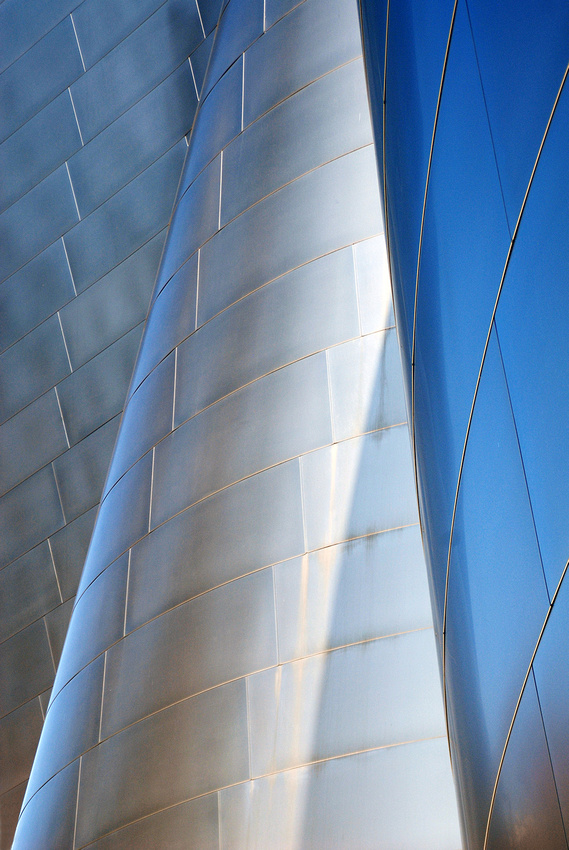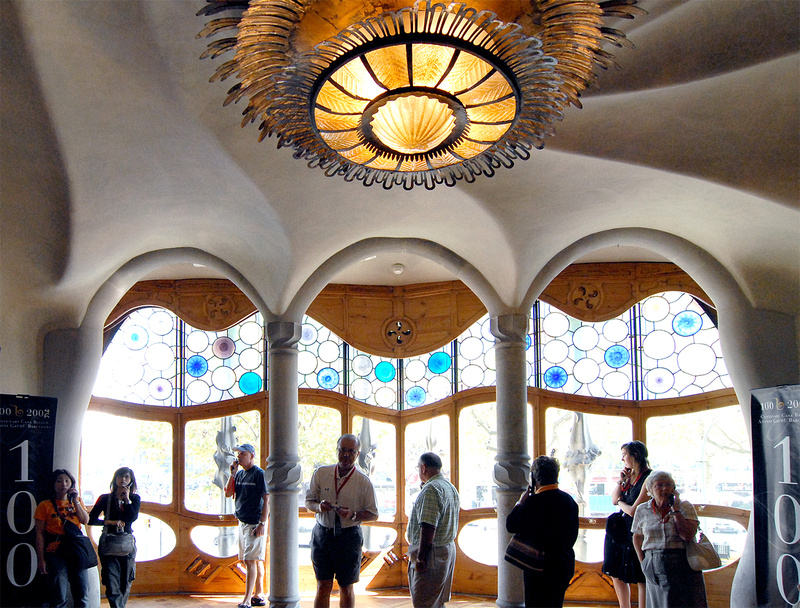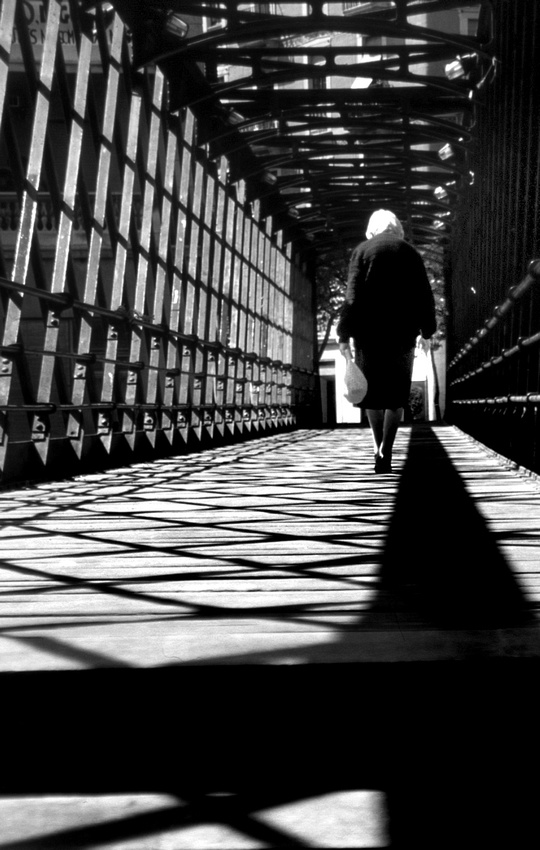BUILDING CODE: How to Shoot Architecture During Travels So Every Picture Tells a Story
(A detail shot of the curvilinear interior stairwell of Casa Batlló in Barcelona, photographed during my third trip to the Mediterranean seaport and capital of Spain's Catalunya, provides a near-endless photographic study of contrasting light and shadow thanks to two main sources of natural illumination -- the top-right window and top-left door, not seen, leading to the rooftop.)
I fell in love with architecture the moment I laid eyes on Antoni Gaudi’s Casa Batlló during my first-ever travel assignment to Barcelona many years ago. Gloriously improbable and irretrievably whimsical, Casa Batlló (pronounced BUYH-yo) was built in 1877 at the height of the Art Nouveau movement (called Modernista in Spain) that was sweeping Europe at the time. With Art Nouveau's goal of avoiding straight lines whenever possible, the entire façade of Casa Batlló is made of broken ceramic-tile mosaics and features balconies resembling Carnival masks and a curvilinear rooftop fashioned after the back of a dragon -- all of which is surprisingly (and harmoniously) integrated. Initially, however, my attempts at photographing this architectural confection proved slightly less harmonious. I fell prey to the common misconception that the sole aim of architectural photography is to squeeze as much "building" into frame as possible. In fact, it wasn't until my third trip to Barcelona, capital of Spain's Catalunya province and a treasure trove of Modernista architecture, that I finally learned the language of Casa Batlló. Pardon the cliché but in architectural photography, the devil -- or, at the very least, the aesthetic -- is often in the details, as seen below.
(A tight shot of Casa Batlló's curvaceous and "scaly" rooftop, designed by Antoni Gaudi to resemble the back of a dragon, reveals patterns of broken-tile mosaics, or trencadis, the Modernista architect used in many of his buildings seen throughout Barcelona, Spain.)
This lesson served me well years later when I photographed world-renowned architect Frank Gehry’s Disney Concert Hall in downtown Los Angeles. Naturally, I took some wide-angle photographs of the entire structure from across the street to capture the totality of the building's wildly curvilinear design. But it wasn't until I walked the exterior's inside pedestrian passageways that wind throughout the titanium-clad structure that the concert hall articulated the deeper vocabulary of its design (see below).
(World-renowned architect Frank Gehry's Disney Concert Hall in downtown Los Angeles is a titanium-clad masterwork of curvilinear design best photographed up close and personal.)
Elsewhere, shooting interiors of touristed buildings presents a different kind of challenge because (1) typically the rooms are filled with people, and (2) you can't control the lighting. Typically the results are, in a word, dreadful. Unless you've pre-arranged a private photo session when the building is closed to visitors, chances are you're simply going to have to work around these problems. Here's how:
1. Instead of shooting rooms filled with tourists milling about, direct your lens to interesting details that help tell the story of why this interior space is important and/or worth photographing in the first place. Take, for instance, Jefferson's Library in the Library of Congress. A wide shot of what at the time was the largest private library in America certainly reveals the impressive scope of Jefferson's reading material. But I'll argue till the cows come home that a tight, detail shot of, say, the slightly worn tome penned by British Empiricist John Locke tells a far more interesting story. Namely how this 17th-century philosopher, who wrote of the separation of powers and every individual's right to "life, health and liberty," would a hundred years later influence the author of the Declaration of Independence and American revolutionaries. A good telephoto lens (my favorite is a 70-200mm 2.8) works brilliantly and all the more so if a room is roped off and you have to elbow your way in between a crowd of tourists to get a clean shot of an interior detail.
2. To achieve the kind of fill light needed to pop areas in shadow, take the flash off of your hot shoe and instead use a hand-held off-camera strobe (preferably with a diffuser) that can be triggered with either a synch cord or infrared transmitter. (The Hong Kong-based company Yongnuo manufactures my favorite infrared transmitter http://bit.ly/133bdR4. Compared to Pocket Wizards, they're far cheaper and much smaller.)
Below are examples -- both taken inside the main living area of Casa Batlló -- of the wrong and right way to capture an interior. In the first image we see an interesting room chockablock with Art Nouveau (Modernista) design elements, but unfortunately the room is filled with people. For the second image I took time to compose a shot that captured several architectural details that tell the story of Gaudi's visionary design for Casa Batlló, but this time without tourists in frame. By slightly canting the detail image while composing the shot, I was able to add another photographic dimension: the enhanced sense of architectural "movement" within the design flow.
(Top, the main living area inside Casa Batlló; above, a detail shot of the ceiling and ornate doorway.)
Naturally everything I've said thus far is to be thrown out the window ASAP if a person appearing in your composition seems to enhance the overall image. What I’ve learned along the way is that images of vacant structures no matter how spectacular often fail to covey a chief goal of good architecture -- namely, to imbue public spaces with a sense of meaning and purposefulness. To me “meaning and purposefulness” can at times include a human being captured spontaneously within the context of the architecture. But this requires time and patience because typically you wait -- and wait -- for just the right person to be positioned in just the right place in the environmental space.
Examples include the following photographs I took of two architectural structures: the Eiffel Bridge in Girona, Spain (built by Gustav Eiffel in 1876 prior to construction of the Eiffel Tower in Paris); and the far more modern Swiss Air VIP lounge at JFK Airport. While the photos sans people could certainly stand alone on their own respective merits, in both instances I intentionally waited until I was able to capture a person in frame. For the photograph of the Eiffel Bridge, it was an elderly woman walking across carryng a bag of groceries, while in the Swiss Air VIP Lounge, I was lucky to have a gentleman sit down to read a newspaper in the otherwise vacant space. Later when I compared with-versus-without versions of the images there was no question that a human presence imbued both architectural images with a greater overall richness -- a humanity that helped define the meaning and purposefulness I was seeking.
(Top, the Eiffel Bridge in Griona, Spain; above, the Swiss Air VIP Lounge at JFK Airport.)
Whether your passion for architectural photography during travels involves a state-of-the-art DSLR, point-and-shoot camera or merely your smartphone, deconstructing a building's exterior or interior space will help you discover what in fancy terms is called the articulation of design. In simpler terms, this process will steer your eye -- and lens -- to smaller details that help tell big stories. Happy shooting! Comments
No comments posted.
Loading...
|

